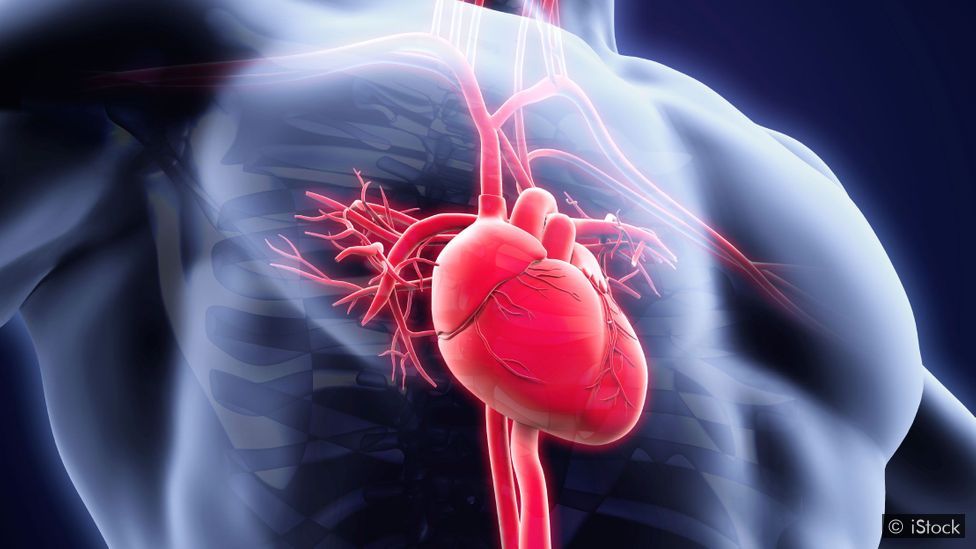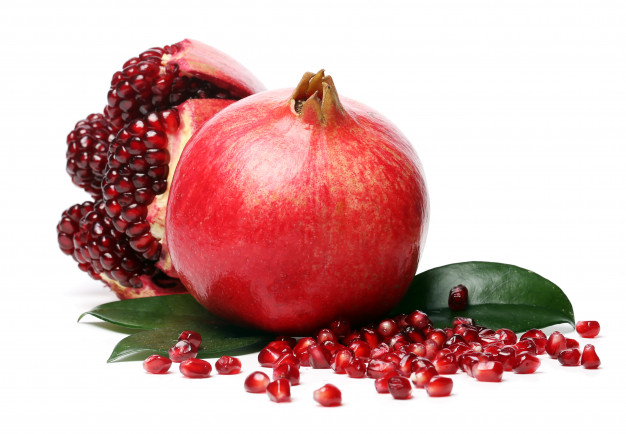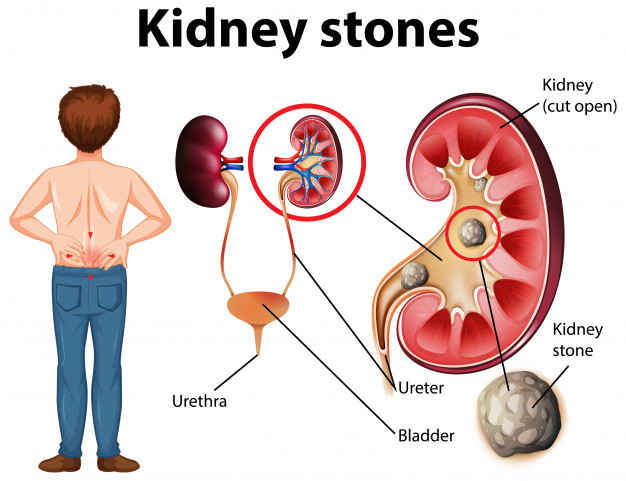Your heart is critical to your cardiovascular system. You are involved in many daily activities that bring vitality to your body. So having a healthy heart is essential to your overall health. There are two simple and important ways to help your heart health through diet and exercise.
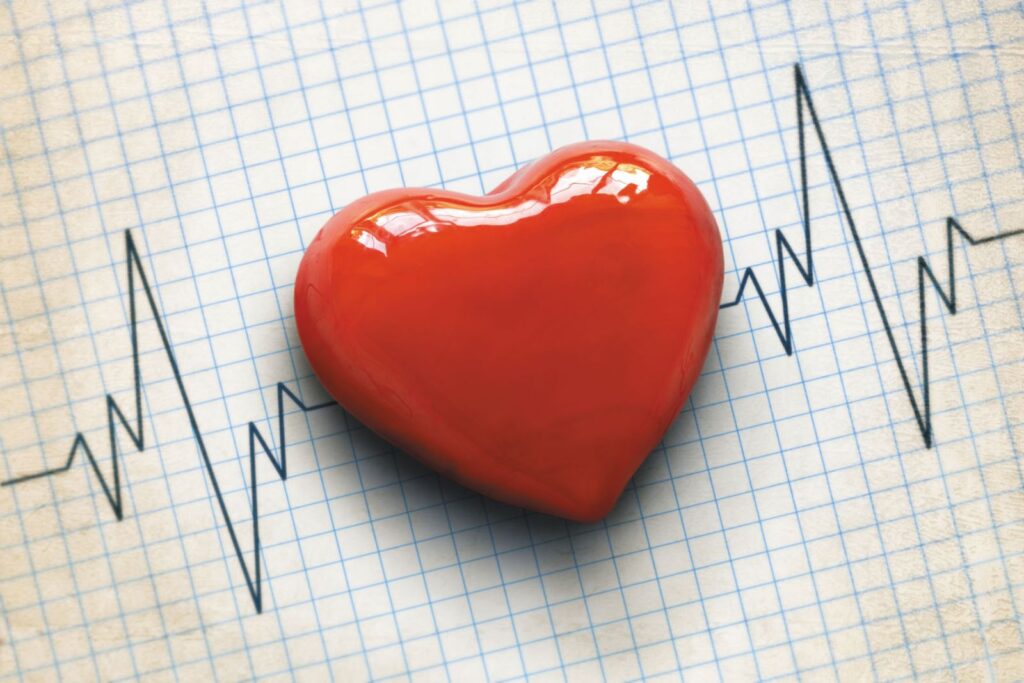
Table of Contents
The path to better health
Improving your heart health is not difficult when you know how to eat and exercise. Follow these tips to get the most out of your diet and exercise plan.
Food
The food you eat affects the health of your organs, including your weight, your hormones, and your heart. Eating a healthy diet can lower your risk of heart disease and stroke.
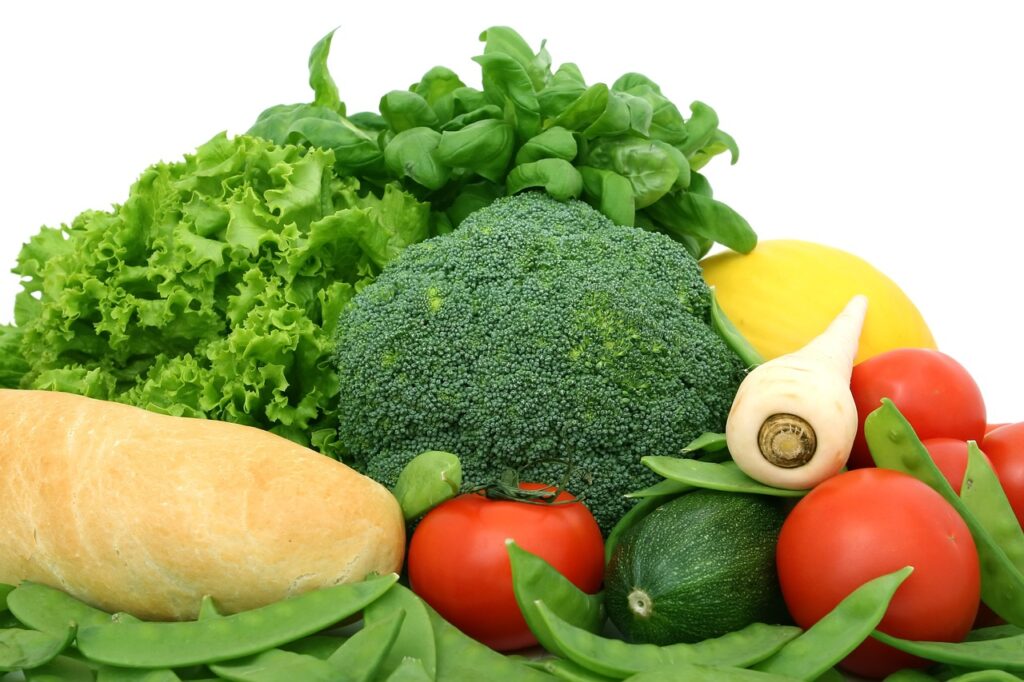
Choose healthy fats.
Despite what you hear, some fats are good for you. When using fats for cooking, choose monounsaturated fats like olive oil or canola oil. Avocados are also a good source of monounsaturated fats. Polyunsaturated fats and omega-3 fatty acids are also healthy options. Polyunsaturated fats are found in seeds. Omega-3 fats are found in fish like tuna and salmon. In general, you should try to avoid trans fats. Trans fats are commonly found in processed foods and snacks, such as cookies or cakes. To see if a diet contains trans fat, look for the words “partially hydrogenated” on the substance’s label.
Also Read About: How to remove kidney stones
Grain.

Whole-grain bread or pasta is rich in fiber and complex carbohydrates. Choose sandwiches and white bread for lunch or instead of regular pasta.
Fruits & Vegetables.

They contain good fiber, vitamins, and minerals for your body. They also add flavor and type to your diet. This diet can help to prevent heart diseases.
Meat.

Baking, broiling, and frying are healthy ways to prepare meat and poultry. Remove skin or outer fat before cooking. Thin cuts are grilled or sautéed.
Don’t forget the Beans.
Dried beans, peas, and lentils provide protein and fiber. After a while, try substituting beans for meat in a favorite recipe like lasagna or chili.
Choose Low-Fat Milk.
Choose fat-free or low-fat versions of milk, yogurt, and cheese.
Protein.
Eat a high-protein diet that includes fish, lean meats, poultry without skin, eggs, nuts, seeds, and beans.
Diet.
The DASH (Dietary Approaches to Stopping Blood Pressure) diet plan is a heart-healthy approach that lowers blood pressure and bad cholesterol in the blood. Or try the Mediterranean diet for another healthy way to eat.
Avoid these Food
Saturated and trans fats.
Saturated fats are found in fatty meats, poultry skin, whole milk, butter, lard, and coconut and palm oil. Trans dates are found in some desserts, microwave popcorn, frozen pizza, stick margarine, and coffee creamers. Look for the words somewhat hydrogenated oil on the food label.
Added Sugar
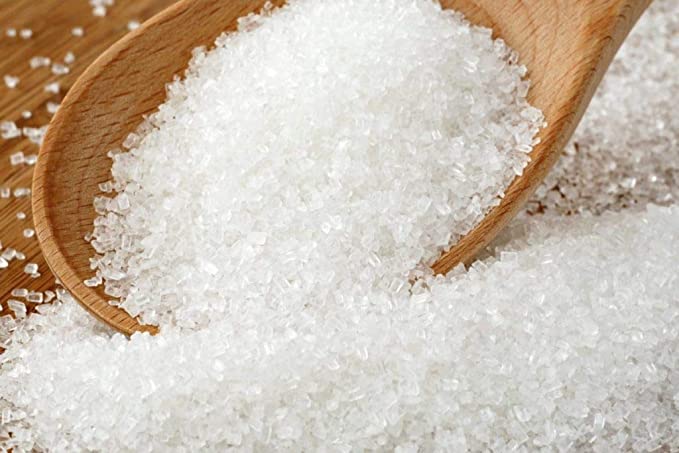
Sweet drinks, snacks, and candy are the top sources of added sugar in the United States. These include sodas, sweetened coffee and tea, energy drinks, cakes, pies, ice cream, candy, syrups, and jellies. Limit these types of foods and drinks.
Sodium.
Delicious foods with spices or spices without salt instead of salt. Look for packaged foods, sauces, canned foods, and processed foods. They are all rich in sodium.
Alcohol.

Limit your alcohol intake. Males should have no more than 2 drinks a day. Females should have no more than one drink a day. Too much alcohol can raise your blood pressure and cause you to gain weight. It can contribute to or aggravate heart failure in some people.
How much should it weigh?
Talk to your GP about your ideal weight, because we are all different. If you are overweight, the extra pounds can put extra pressure on your heart. Weight loss will be followed by constant fatigue and tiredness. Remember that losing only 10% of your body weight reduces your risk of diabetes and heart disease.
Exercise

Exercise strengthens your heart.
This helps supply more blood with each heartbeat. Provide more oxygen to your body. With more oxygen, your body works more efficiently.
Exercise also lowers blood pressure.
It reduces your risk of heart disease and lowers your levels of LDL (“bad” cholesterol). Bad cholesterol clogs your arteries and causes a heart attack. At the same time, exercise increases HDL (“good” cholesterol) levels. HDL helps protect against heart attacks by removing fatty deposits from the arteries.
When combined with a healthy diet, exercise can accelerate weight loss. Regular exercise builds lean muscle, which burns more calories than fat. This will help you burn calories faster even when you are sitting still.
What is the best exercise for my heart?
Aerobic exercise allows you to breathe more deeply. This makes it difficult for your heart to pump blood. Aerobic exercise can also increase your heart rate (which burns calories). Examples of aerobic exercise are walking, jogging, running, dancing, swimming, and cycling.
How much exercise do I need?
If you don’t exercise, try exercising for 30 minutes 4 to 6 times a week. Your doctor may recommend a different exercise regimen based on your health. Alternate exercise days with rest days or days when you do a very different workout. Helps prevent injuries.
How does exercise fit into my busy schedule?
There are many ways to increase your heart rate on your regular day. Some examples:
Take the stairs instead of the elevator.
A walk in a Break.
Work Walk to work or park at the end of the parking lot, so you have to walk long distances. A walk can increase blood circulation and help to prevent heart diseases.
